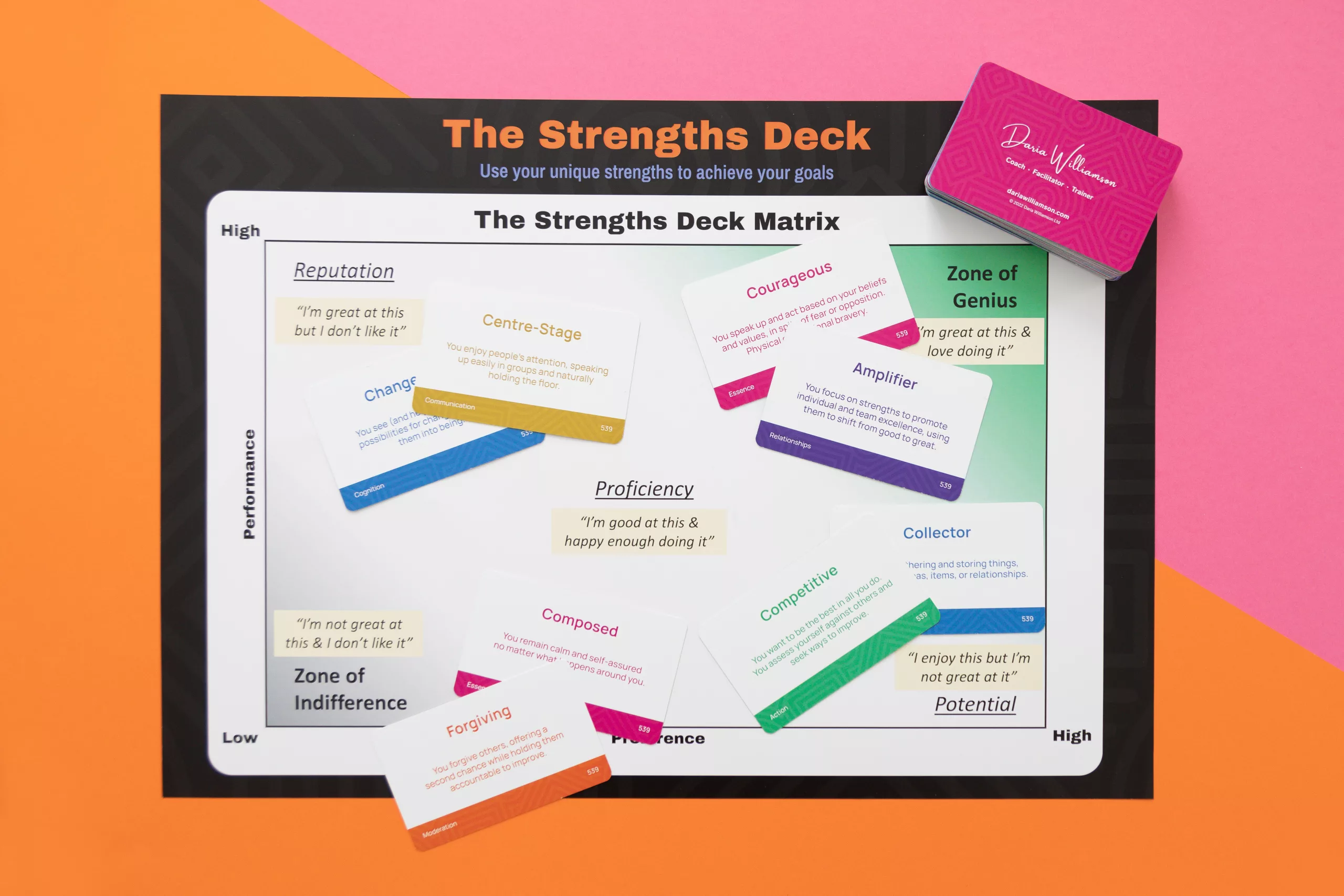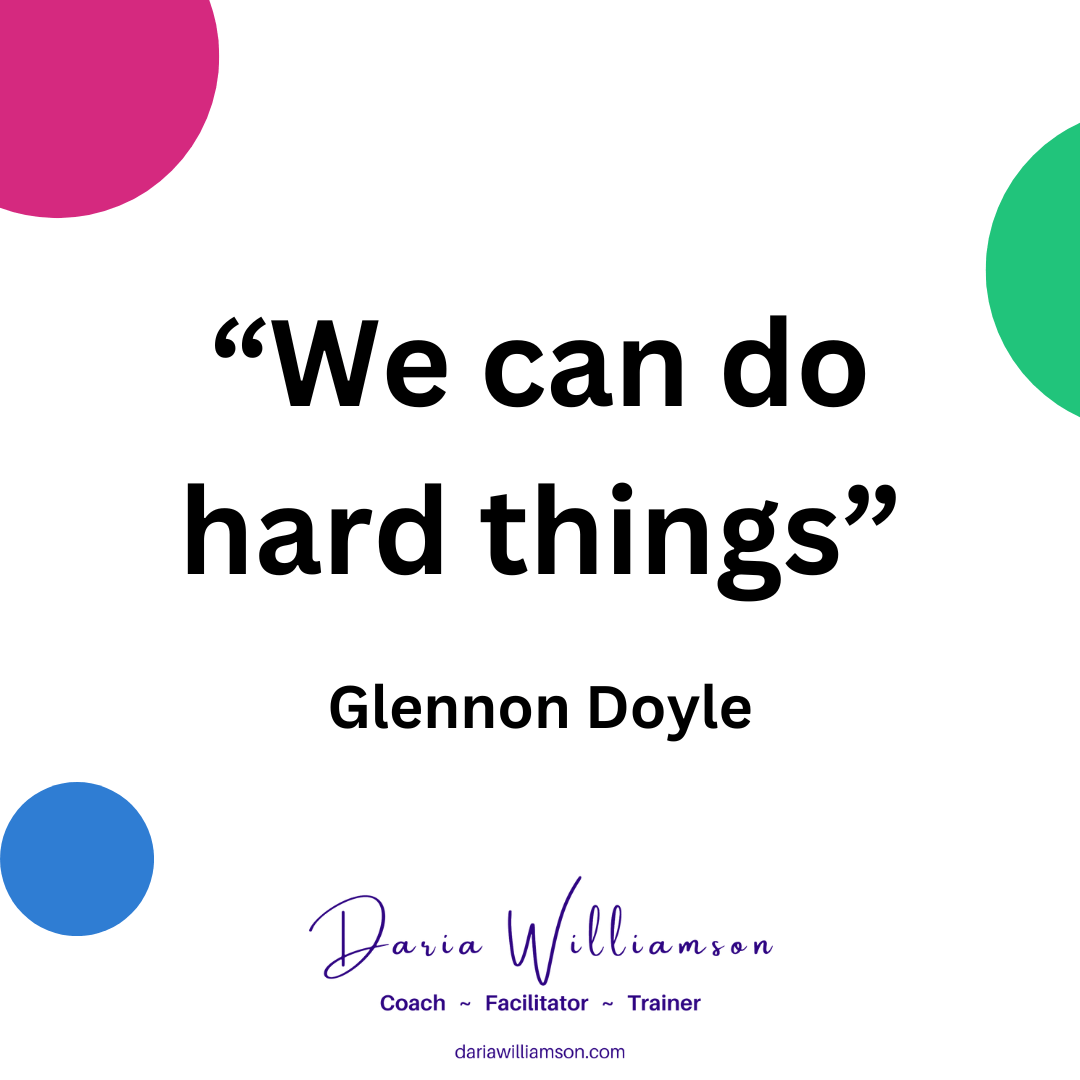"No (wo)man is an island" - why we need to involve others
With apologies to John Donne (whose poem sorely needed updating now that women are also considered full human beings!), there is an eternal truth: none of us stands alone. As Isaac Newton put it “If I have seen further than others, it is by standing upon the shoulders of giants”. Our culture might value the myth of the self-made woman/man, but none of us got to where we are, and none of us will get to where we are going, entirely on our own.
The need to be involved with others is baked into our DNA. That’s one of the reasons why solitary confinement is considered one of the most cruel and inhumane punishments – because it prevents us from fulfilling some of our most basic needs.
I realise this is heavy stuff with which to start a blog post on great ideas. But I believe it’s vital to understand just how important working, thinking and creating with others is to our flourishing as human beings, and our ability to generate great ideas.
Thinking in a group versus "groupthink"
Before we look at the significant benefits to working in a group to generate great ideas, we need to understand what can go wrong.
The single biggest danger to doing thinking in groups is “groupthink”. This term describes what happens when a group values conformity and agreement over everything else. They’ll (consciously or subconsciously) shut down conflict, disagreement and debate to maintain harmony. It’s basically status quo on steroids.

Thinking in a group is very different to “groupthink”. When we are thinking in a group, we allow each person’s unique ideas, insights, wisdom, experience, skills, beliefs and values to shine through. And this gives us a richer, more nuanced context in which to generate and develop our ideas.
How to involve others in your thinking
Brainstorming
Most people immediately think of “brainstorming” when you talk about thinking in a group. Brainstorming involves a group throwing out ideas while someone notes them down. And while it seems like it gives everyone a chance to share their ideas, it has some pretty significant downsides:
- It can reinforce groupthink
Ideas that are “outside the box” don’t often get suggested, because people don’t want to say things that go against the grain. - It doesn’t allow everyone to have an equal voice
The loudest, most-opinionated, most-senior people usually get way more airtime than other group members. People who think deeply before speaking, who don’t like being in the spotlight, or who tend to defer to expertise or seniority tend not to compete with the quicker, louder or more-senior voices. - It reduces creativity, quality and quantity of ideas
This is a combination of the first two issues. When the status quo is likely to be enforced, and only certain voices are heard, you automatically limit the depth and breadth of ideas that will be put forward.
So, let’s not persist with a technique that reduces the quality and quantity of ideas. We need an alternative that gives everyone an equal opportunity to share their insights and thoughts. I introduce: “Sticky note thinking”
"Sticky note thinking"
This is one of my favourite ways to get thoughts out of people’s heads to where others can see them. People seem to love working with sticky notes – I think it’s something to do with shifting their thoughts onto something that they can hold. It seems to make them more real, somehow.
I’m going to assume you already know how to facilitate group sessions, and you know what you want to generate ideas for. It could be a problem to solve, a goal to achieve, or a product or service you want to improve. Gather a group who have “skin in the game”. And set up a meeting area with room to move, and space to put boards or sheets up for your group(s) to work on.
Equipment
In sticky note thinking, everyone gets:
- a pad of sticky notes
Pro tip #1: get the super-sticky ones – you’ll thank me later, when the notes stay stuck on after being shifted around a few times
Pro tip #2: get a variety of colours – it looks really striking, and some people enjoy trading for their preferred colour! - a permanent marker
Pro tip #3: get a 2mm bullet tip – any smaller and it’s too hard to read, any bigger and you can’t fit enough on the sticky note
You’ll also need some boards, flipchart paper or butcher’s roll that you can stick up on the wall (Pro tip #4: attach the paper with something suitable for the surface – don’t be like me the first time I did this exercise and pull the paint off when you remove the sheets!).
You might want to split it up into smaller groups (4-6 people) before bringing everyone back together. You’ll need at least one sheet/board per mini-group, plus one for the whole group.

Idea generation phase - work alone
Pose the question or topic that you want to generate ideas for. Display it so people can refer to it as they work.
People work independently, writing down as many ideas as they can, one per sticky note. Spelling, grammar, and formatting rules don’t apply!
Check on people’s progress after 3-5 minutes. Some people will still be churning out notes. Others will have gotten “stuck”. They’ll probably be looking around the room and laughing awkwardly at the fact their colleagues are still writing.
Don’t be tempted to stop the group too soon. You’ll miss out on some fantastic ideas because you’re removing the “blank space” I’ve talked about previously. It’s amazing how often someone who has been stuck gets a flash of inspiration and writes down another half-dozen ideas.
Presentation phase - involve others
Once there’s a general lull in sticky-note writing, get each group to move in front of a sheet/board. Each group member takes a turn to sharestheir ideas and place their sticky notes on the group’s sheet/board.
We’re not asking people to justify their ideas yet. People can ask questions to help them understand the idea, but the rule here is “no judgement”. Someone usually tries to throw away some of their notes at this point, either because someone else has put a similar one up, or they’re second-guessing themselves. Encourage them to share all their sticky notes, because this is how we can see trends and get the broadest possible range of ideas.
Pro-tip #5: get the first person to scatter their notes around the sheet, as this makes space for others to intermingle their ideas. This helps create group ownership of all the ideas.
Dealing with double-ups
As more people share, double-ups will emerge. In almost every group, there will be several almost identical ideas. When this happens, layer the sticky notes one on top of the other. Where ideas are related but not identical, “cluster” the sticky notes close together. Any unique ideas are “standalone”, occupying their own space. (Now you’ll understand why you need the super-sticky notes – you’ll be repositioning them a bit!). Make sure no one is dominating in any group. After all, this is a strategy to involve others in the thinking process!
Once everyone has shared their ideas, and the sticky notes are arranged, get all the groups together. Follow the same process. One group starts, and scatters their ideas across the main sheet/board. Each following group shares their ideas, transferring their sticky notes to the main display, as layered, clustered, or stand-alone ideas.
Pro-tip #6: people will often think of additional ideas during the presentation phase as one idea sparks another. Let them write up new sticky notes and add them to the group sheets when there’s a natural break in the presentation flow.

Assessment phase - involve others
Once all the ideas have been gathered, you can move into the assessment phase. But don’t be tempted to jump too quickly to this step – sometimes you need to “percolate” on the ideas that have been generated.
This series doesn’t deal specifically with assessing and implementing ideas – that’s part of my upcoming series: “How to turn great ideas into great results”. Sign up to my newsletter below to keep up-to-date with that series when it launches.
Why does sticky note thinking work better?
Often, when I tell people about this process, they don’t get how it can be so much better than traditional brainstorming. Here are a few reasons why I believe it’s a superior technique:
- Everyone gets an equal voice through formal turn-taking
- Breaking a larger group up into smaller groups reduces the fear of speaking up, leading to more creative thinking
- It feels easier to write your ideas down compared to calling them out as you think of them
- You capture more ideas by writing than you can remember when trying to find a quiet moment to call them out
- It provides tangible proof of support for ideas when multiple people write up the same or similar ideas
- It offers the opportunity to involve others in your thinking process, by using their ideas to spark more of your own
Other ways to involve others in your thinking
- Generate as many ideas as you can think of (using the sticky note approach if you like!) and then run them past someone you trust – what gaps do they see in your ideas? What trends?
- Ask someone who knows nothing about the area or industry how they would try to solve the problem you’re facing or to make the improvement you desire
- Take ideas you’ve heard from other people and have a go at combining them in new ways
- Ask yourself how a 4 year old might see the situation. And a 94 year old. What would they see or ask that you wouldn’t? (Yes, you can involve imaginary others in your thinking and it’s still valid!)
- Read new books, watch new videos, and listen to new podcasts – yes, that’s the read, watch, and listen broadly strategy that I’ve covered previously. You don’t have to be in the same room as someone to involve them in your thinking!
Be smart about who you involve
Whatever approach you decide to take, the decision to involve others in your thinking is almost always the right one. But I do want to sound a note of caution – not everyone is a great fit for this strategy. Be as intentional as possible with who you involve.
Someone who will bring their own baggage to the process, who has ulterior motives, or who doesn’t have your best interests at heart is not the best person to involve in your thinking. (Although there is some merit in getting them on board when you’re moving from ideas to action – more about that in my next series “How to turn great ideas into great results”).
So, who should you choose? Look for people who have some “skin in the game” – that is, they will benefit from executing this strategy well. Prioritise people of integrity – they support you and want you to succeed, and are also prepared to challenge you to be the best you can be. And do your best to find grounded optimists – they have a clear understanding of reality, and a firm grasp of all the possibilities and opportunities that lie ahead. People with commitment, integrity and optimism will turbo-charge your thinking, producing better ideas than you could generate alone.
Progress check
We’re closing in on the half-way point of this ten-part series of strategies to help you have great ideas. The first four strategies are:
- Have lots of ideas
- Read, watch and listen broadly
- Carve out blank spaces
- Involve others (this article)
If you’d like to read up on the third strategy, jump over to the series page, or scroll down to the bottom of the page to browse my recent articles.
If you want to be notified when I publish new articles and content, sign up for my weekly newsletter below.
Resources
- Groupthink – Wikipedia
- How to Use Sticky Notes for Project Brainstorming – Stik2it.com
- Learn How to Use the Best Ideation Methods: Brainstorming, Braindumping, Brainwriting, and Brainwalking – Interaction Design Foundation






5 thoughts on “Great ideas: Strategy 4 – involve others”
Pingback: How to have great ideas: Strategy 5 – know nothing, be curious ~ Daria Williamson - Coach, Trainer, Facilitator
Pingback: How to have great ideas: Strategy 6 – use a theme or vision ~ Daria Williamson - Coach, Trainer, Facilitator
Pingback: How to have great ideas: Strategy 5 – know nothing, be curious ~ Daria Williamson
Pingback: How to have great ideas: Strategy 10 – use your strengths
Pingback: How to have great ideas: Strategy 9 – get a coach ~ Daria Williamson
Comments are closed.